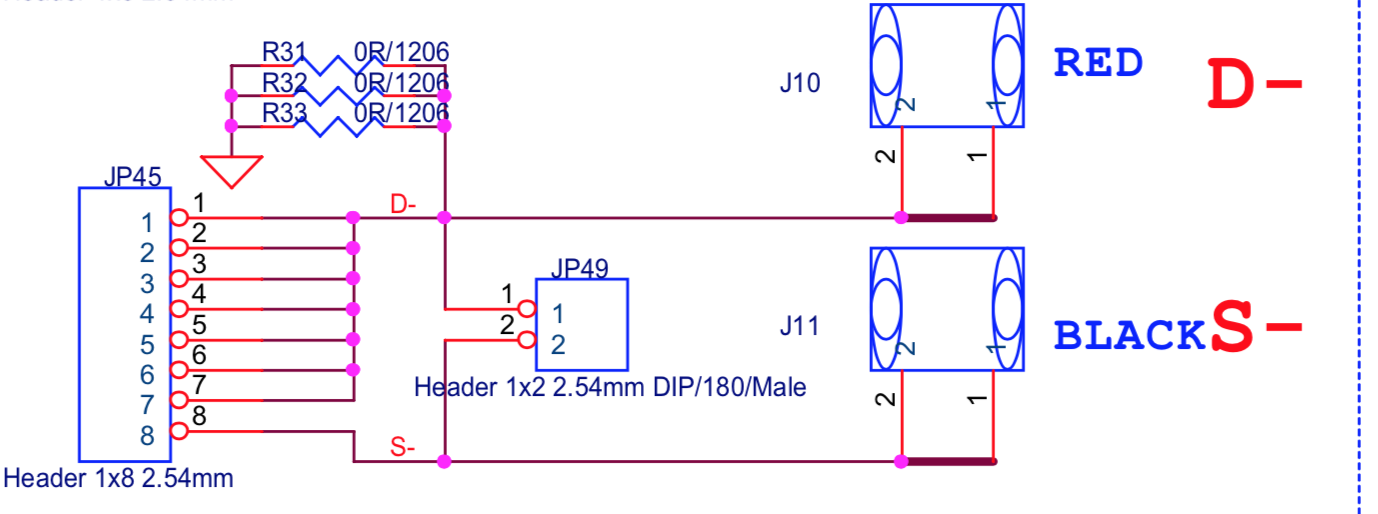Hi all,
I'm using the remote sense control , but got some problem, schematic is in below (1)
1. If i connect RSN pin directly (Mark 1 in schematic) to DC LOAD S-, seems keeping hiccups (2)
2. but if i connect RSN directly to GND, let it be local sense and it will be fine(3)
I'm wondering why it's happens and how it's fix.
I set the voltage through "vbat_vset" net to let my output voltage adjustment.
Thanks, Frank.






